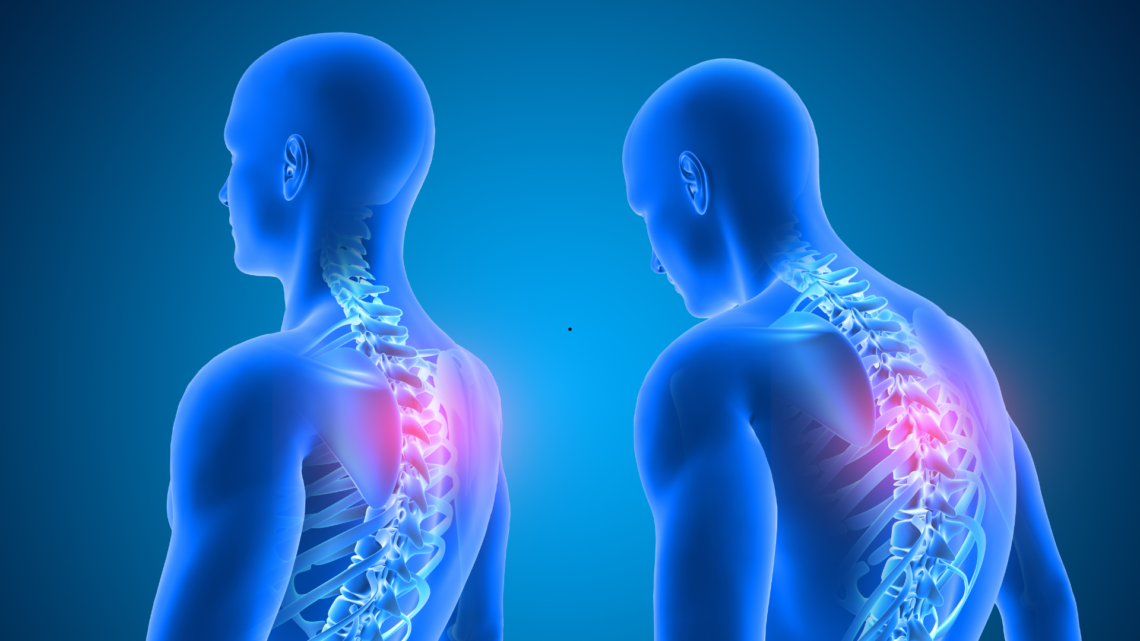5 Everyday Habits That Might Be Hurting Your Posture (and How to Fix Them)
Good posture isn’t just about standing tall—it’s about how your body supports itself throughout the day. While most people associate poor posture with slouching or sitting too long, the truth is, everyday habits—even the ones that seem harmless—can slowly contribute to discomfort, muscle imbalance, and long-term pain.
Here are five common habits that might be sabotaging your posture (and how to make simple, lasting changes).
1. Looking Down at Your Phone (a.k.a. “Text Neck”)
The Problem:
We spend hours each day looking down at our phones, whether scrolling, texting, or streaming. This forward head posture increases stress on the neck and upper back, often leading to tension headaches, shoulder pain, and that infamous “tech hump.”
The Fix:
Hold your phone at eye level when possible.
Use voice-to-text or hands-free options.
Do a simple chin tuck exercise: Sit or stand tall and gently pull your head back so your ears align with your shoulders—hold for 5 seconds and repeat 10 times.
Limit screen time or take short breaks every 20–30 minutes to reset your posture.
2. Sitting for Long Periods Without Movement
The Problem:
Whether you’re working from home or in an office, prolonged sitting tightens the hip flexors, weakens the glutes, and encourages a rounded spine. Over time, this can lead to lower back pain, poor circulation, and decreased core engagement.
The Fix:
Follow the 30/30 rule: Stand up or stretch every 30 minutes for at least 30 seconds.
Use a sit-to-stand desk if possible.
Incorporate simple stretches like standing hip flexor stretches or spinal rotations during your workday.
Make sure your workstation promotes good ergonomics (feet flat, hips at 90°, screen at eye level).
3. Carrying a Bag on One Shoulder
The Problem:
Toting a heavy backpack, briefcase, or purse on one side causes your body to compensate, creating asymmetry in the spine, shoulders, and hips. This leads to muscle imbalances and strain on the lower back and neck.
The Fix:
Use a backpack with two padded straps and wear it evenly.
If you prefer a one-strap bag, switch sides frequently.
Lighten your load—only carry what you need.
Strengthen your core and upper back to better support your posture when carrying extra weight.
4. Poor Sleep Positions
The Problem:
How you sleep plays a big role in how you feel when you wake up. Stomach sleeping, for example, twists the spine and strains the neck. Using the wrong pillow can also throw your head and spine out of alignment.
The Fix:
Sleep on your back with a pillow that supports the natural curve of your neck, or on your side with a pillow between your knees.
Avoid overly high pillows that push your head forward.
If you’re a stomach sleeper, try gradually transitioning to a side or back position with supportive pillows.
Invest in a mattress that keeps your spine neutral—firm enough for support, soft enough for comfort.
5. Standing with Locked Knees or Leaning on One Hip
The Problem:
When standing for long periods, many people lock their knees or shift all their weight onto one leg, which tilts the pelvis and creates uneven pressure along the spine. This can affect the lower back, knees, and even feet over time.
The Fix:
Keep a slight bend in your knees when standing.
Distribute weight evenly between both legs and keep your feet hip-width apart.
Shift your stance regularly or walk around if standing for extended periods.
Strengthen your glutes and core to improve natural stability and posture.
You don’t need to make drastic changes overnight to improve your posture. Small, consistent adjustments throughout your day can add up to major improvements in how your body feels and functions. By being mindful of these five common habits, you can start protecting your posture—and your long-term health—starting today.
If you’re experiencing discomfort or unsure about your posture, a personalized movement assessment can help uncover the root of the issue. Feel free to reach out or book a consultation—I’d be happy to guide you back to strong, healthy movement.


